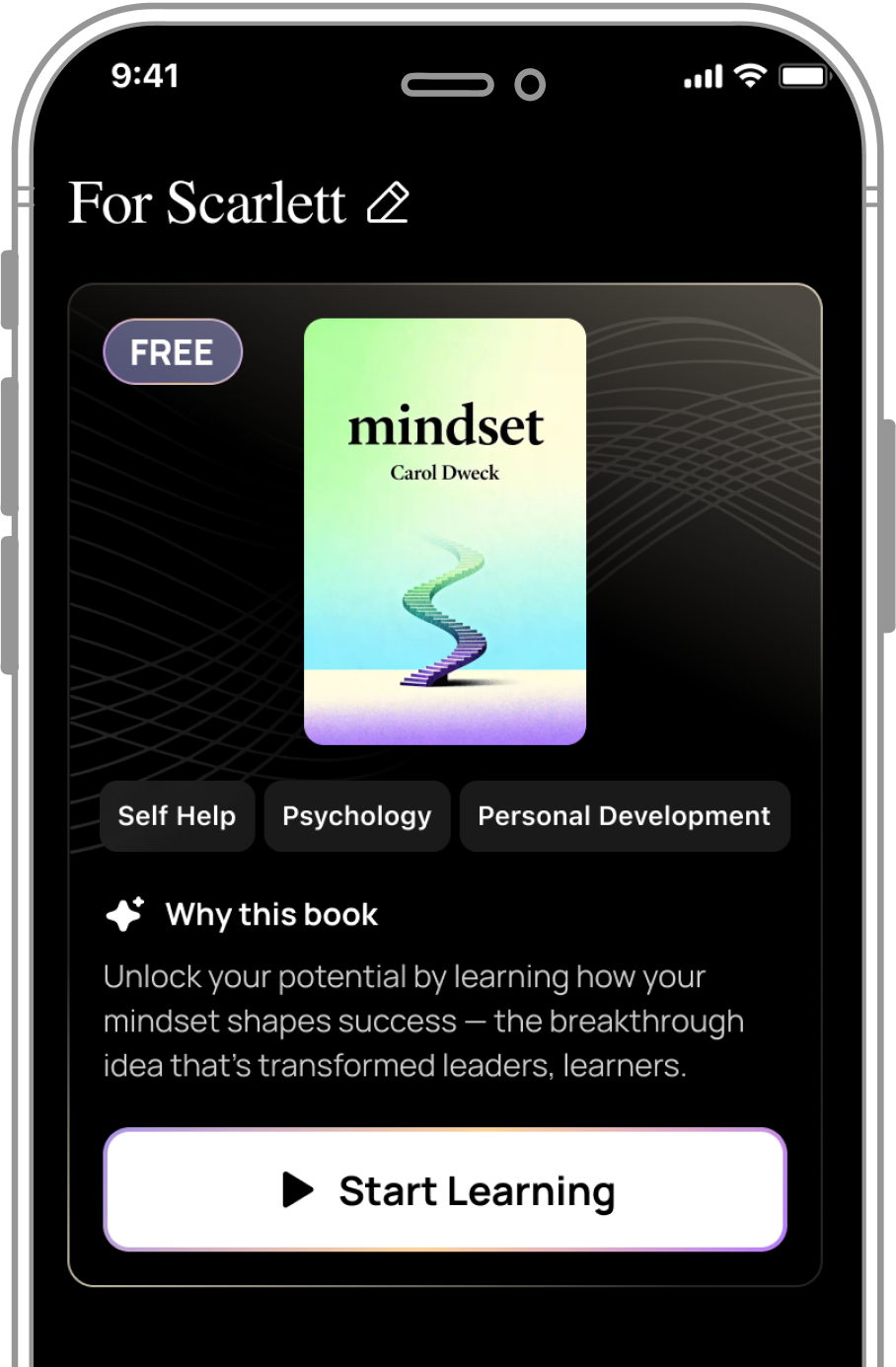What is
Escape from Mr. Lemoncello's Library about?
Escape from Mr. Lemoncello's Library follows 12-year-old Kyle Keeley and eleven other kids who win a contest to experience a high-tech library designed by eccentric game maker Luigi Lemoncello. After an overnight lock-in filled with games, Mr. Lemoncello announces a new challenge: escape the library within 24 hours using clues hidden in books, technology, and puzzles. Kyle teams up with friends to solve inventive riddles while competing against rivals, highlighting themes of teamwork, creativity, and the joy of libraries.
Who should read
Escape from Mr. Lemoncello's Library?
This book is ideal for middle-grade readers (ages 8–12) who enjoy puzzles, adventure, and fast-paced stories. It appeals to fans of Charlie and the Chocolate Factory–style adventures, educators promoting literacy, and families seeking screen-free entertainment. With its emphasis on critical thinking and library appreciation, it’s also valuable for classroom discussions or book clubs focused on problem-solving and collaboration.
Is
Escape from Mr. Lemoncello's Library worth reading?
Yes, it’s a New York Times bestseller praised for blending humor, brain-teasing challenges, and positive messages about teamwork and curiosity. The story’s inventive plot—comparing libraries to treasure troves of adventure—makes it engaging for reluctant readers. Its sequels and spinoffs further cement its popularity, offering re-readability and educational value through literary references and riddles.
What are the main themes in
Escape from Mr. Lemoncello's Library?
Key themes include:
- Teamwork vs. selfishness: Kyle’s collaborative group succeeds through trust, while rivals fail due to cheating.
- Creativity in learning: Puzzles require blending book knowledge with inventive thinking.
- Libraries as portals: The story celebrates libraries as dynamic spaces blending books, technology, and community.
Who is the author of
Escape from Mr. Lemoncello's Library?
Chris Grabenstein is the #1 New York Times bestselling author of the Mr. Lemoncello series. Before writing children’s books, he worked in advertising under James Patterson and wrote for the Muppets. A past president of Mystery Writers of America, he’s won Agatha/Anthony awards and co-authors with his wife, J.J. Grabenstein.
How does the escape game work in the book?
The game requires finding hidden clues in the library using:
- Rebus puzzles: Decoded from "Staff Picks" book covers.
- Technology: Interactive exhibits like holograms and IMAX theaters.
- Literary references: Clues tied to classic books on players’ library cards.
Teams race to unlock the secret exit, blending physical and mental challenges.
What role do libraries play in the story?
The library is portrayed as a futuristic “gamified” space, featuring:
- Interactive zones: Electronic Learning Centers, animatronic debates.
- Modern relevance: Shows libraries as evolving beyond books to tech hubs.
- Homage to librarians: Characters like Dr. Yanina Zinchenko guide players, emphasizing librarians as crucial mentors.
Are there sequels or similar books to this series?
Yes, the Mr. Lemoncello series includes:
- Sequels: Library Olympics, Great Library Race, and Titanium Ticket.
- Similar reads: The Westing Game (puzzle-driven mystery) and Book Scavenger (literary treasure hunts).
Grabenstein’s Smartest Kid and Wonderland series also feature playful challenges.
How does the book encourage reading among children?
It models reading as an adventure by:
- Integrating classics: Clues reference real books, sparking curiosity.
- Diverse appeal: Features characters like Sierra, whose book-smarts aid the team.
- Dynamic format: Short chapters and cliffhangers keep readers engaged.
What awards has
Escape from Mr. Lemoncello's Library won?
While not major award-winners, the book and series have:
- Bestseller status: Repeated New York Times listings.
- State awards: Won over 50 state book awards.
- Critical acclaim: Praised by Publishers Weekly and libraries for promoting literacy.
What critiques exist about the book?
Some note:
- Predictability: Plot echoes Charlie and the Chocolate Factory.
- Character depth: Antagonist Charles is stereotypically entitled.
However, its strengths—pacing, puzzles, and library advocacy—outweigh these for most readers.
Why is this book still relevant today?
It addresses timeless themes:
- Digital-age libraries: Shows them as innovation hubs, countering "obsolete" myths.
- Critical thinking: Encourages problem-solving applicable to STEM/real-world scenarios.
- Team dynamics: Models healthy collaboration vs. toxic competition.








